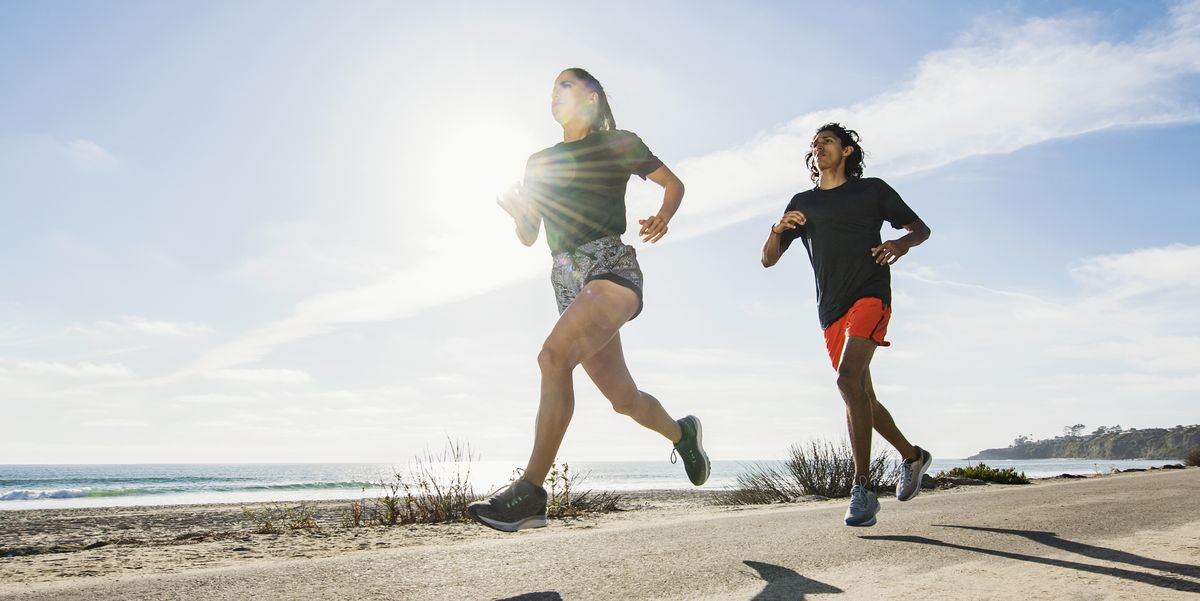Steven Rindner Lists 3 Key Physical Benefits Of Trail Running

Trail running is a great way to get exercise and enjoy the outdoors. This dynamic and exhilarating activity offers a wide range of physical benefits. As Steven Rindner points out, unlike typical road running that takes place on flat, paved surfaces, trail running occurs on natural terrains like dirt paths, rocky trails, and even forested landscapes. The unique challenges presented by such terrains offer a variety of physical advantages to the runners.
Steven Rindner mentions the major physical benefits of trail running
Anyone who wants to build endurance, get stronger, or simply become a better athlete should try trail running. The many physical benefits of trail running can help people to not only become a better runner, but also a healthier individual overall. Here are the prime physical benefits of trail running:
- Improve balance and coordination: Trails are typically uneven, and feature many types of obstacles, like tree roots, mud, rocks and even occasional wildlife. To avoid stepping on or falling over such hazards, runners would need a level of bodily awareness than needed while running on paved roads. This increased awareness would come with further practice of trail running. The bodily awareness, along with the constant shift of the body weight to steer clear of obstacles while running eventually can help the overall balance and stability of the runner. With age, balance and coordination usually decline. However, this decline can be slowed down through physical activities like trail running.
- Build stronger muscles: The runners are challenged to use their muscles and bodies in a much different manner in trail running, in comparison to traditional road running. The various obstacles and unpredictability with foot placement essentially force trail runners to make use of lateral movement patterns, steering away from the predictable forward movement of running on roads. Due to the steep grades of the climbs and descents on trails, the runners experience greater concentric and eccentric muscle contractions in their legs, much like strength training. Moreover, as the softer terrain of trails absorbs more force and offers less rebound than pavement, hip flexors, quadriceps and gluteus muscles of the runners are forced to work more to provide the needed stabilization and forward movement.
- Increase ankle strength and stability: A lot of road runners think that hitting the trails may cause them to have a sprained ankle from tripping on a rock. While this might be true if the runner cannot maintain adequate focus, trail running can actually help in increasing the ankle strength and stability in the long run. The diverse terrain of trails combined with distinctive obstacles leads to better muscle engagement, particularly the stabilizing muscles, like the ones in the foot and ankle. On the other hand, at times, the monotonous, one direction movement of road running may leave these stabilizing muscles and ligaments underworked. This is a major reason why many coaches see sprained ankles more often in road runners, versus trail runners.
As per Steven Rindner, no matter whether one is a seasoned runner looking to diversify their training or someone new to the activity, trail running can be a fun and exciting way to elevate the fitness levels while enjoying the outdoors.
